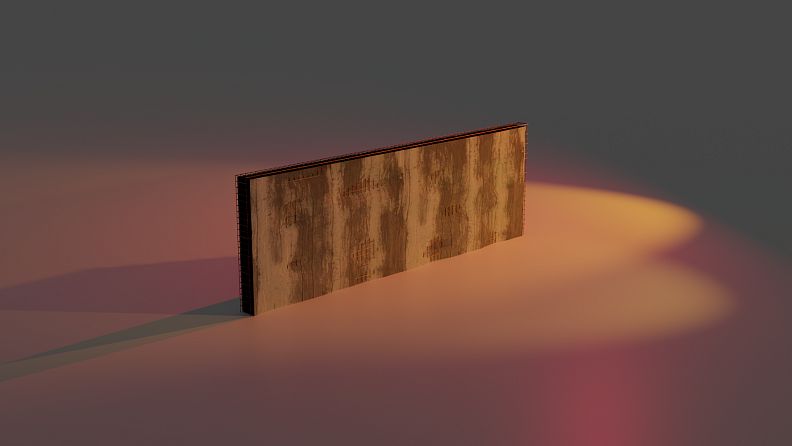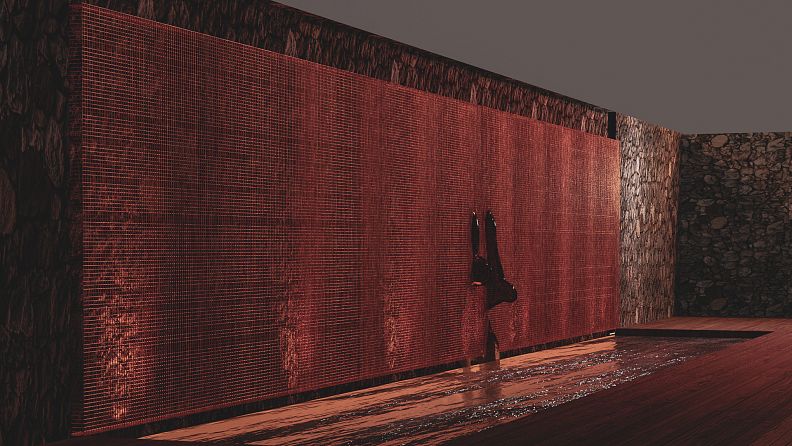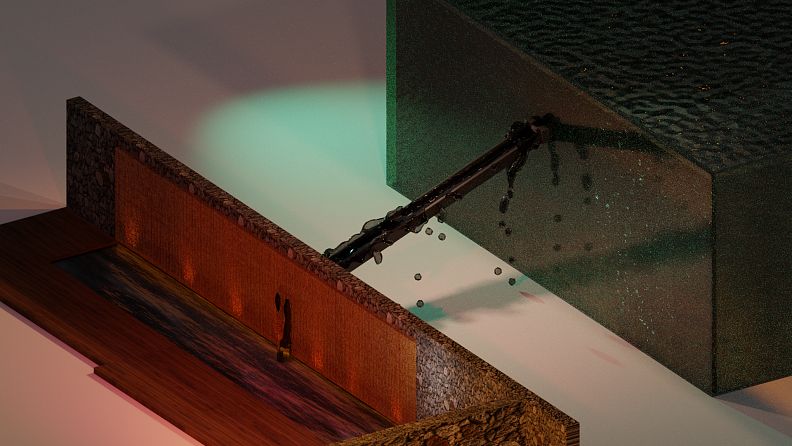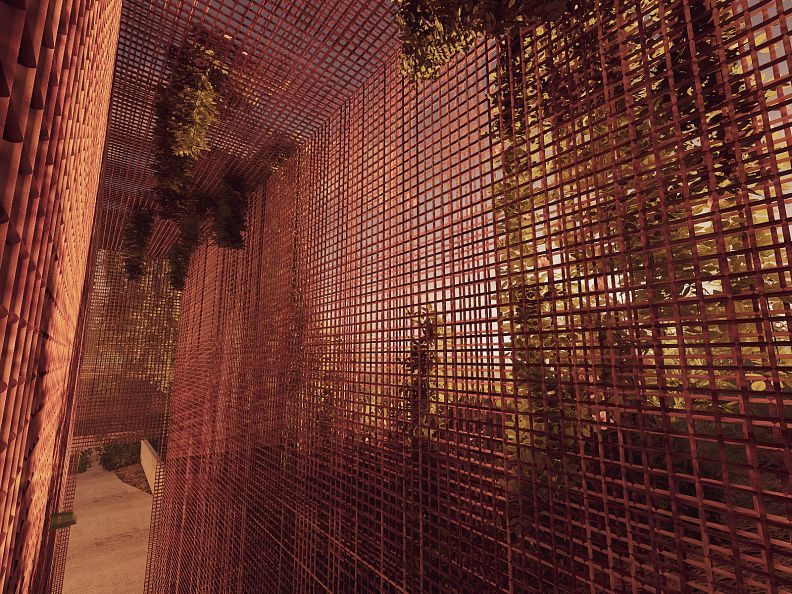Addressing Ruin

Project idea
This piece is a culmination work that displays many of the key elements that have come together during a recent year-long thesis exploration. The thesis, in essence, focuses on how we as a society aestheticize the concept of ruin and how this phenomenon is making its way into the architectural discipline. Commenting on multiple themes of ruination, destruction, denial of history, fetishizing the uncomfortable, and exploration of scenographic composition, the resulting work consisted of 8 elements displayed throughout a local ruined site each contributing individual meaning to the developing narrative of the location. The hope for the project was that by exploring an idea that acknowledges this phenomenon, a discussion could be created around how we represent the things we build, and how it is we begin to deal with the everyday ruins throughout our lives.
Project description
Throughout history, we have been captivated by the concept of the Ruin and ways of reflecting on the past. Yet the ruin has a different status for us today as we perceive modern society, as currently in a state of Ruin. During periods of our history such as the enlightenment and movements focused on the general museumification of the past, the Ruin was treated in such a way that fetishized its authenticity. Often considered replicating “grand tour” attempts at recreating aesthetic experiences in which authenticity is valued over quality; Today, however, the attitude of Ruin is changing to one that addresses a more direct appreciation of aesthetic and spatial ambiguity. We no longer obsess over the authenticity of our ruins, instead, when facing the reality of Instagram culture in the Anthropocene, everything is quickly consumed and accepted as truth without question. As long as the experience of the object was memorable there is no need to consider the actors behind the curtain. This, in its purest essence, is the "Ruin" of modern society.
Technical information
Exploration of the thesis was structured in two ways: Objective experience and Subjective experience. Through traditional scenographic aspect ratios and heavily dramatic staged scenes, the project attempts to display a variety of media used such as Blender, Enscape, Rhino, Photography and other more traditional survey techniques.










































